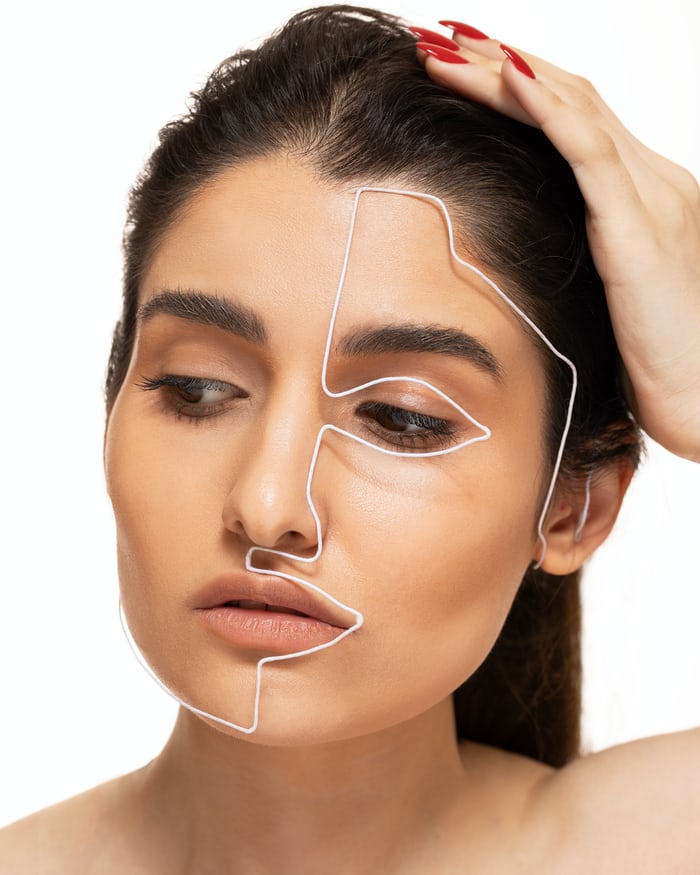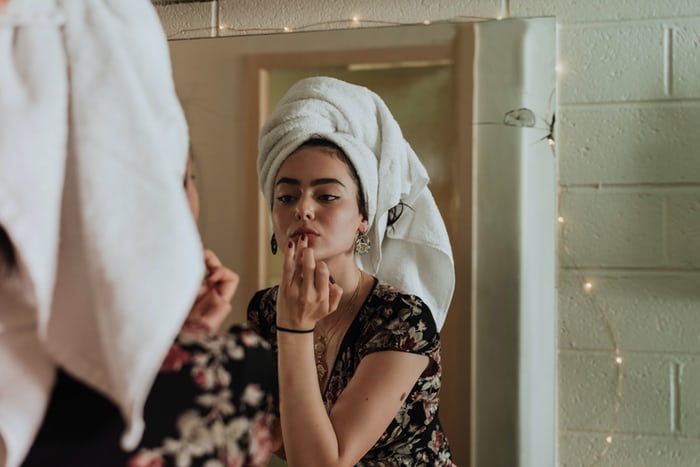Shea Butter is a natural remedy that many people use for skincare. Shea butter has been used worldwide for centuries to help with various ailments,
but it can also have adverse side effects. Keep reading to learn more about Shea butter and some of its negative side effects.
Shea butter is a moisturizer that has been used for centuries. Shea butter can be found in many products, including lotions, butter, and creams.
The negative side effects are usually very minimal when applied topically to the skin. However, after applying Shea Butter to their skin,
some people may experience allergic reactions, including contact dermatitis or contact urticaria.
This blog post will look at some of the most common shea butter negative side effects, how to avoid them, and what you can do if you experience an allergic reaction.
Shea Butter Negative Side Effects

Shea butter is a great moisturizer for your skin, but it’s important to be aware of the potential side effects before using it. Some of the most common Shea butter side effects include:
1) Contact Dermatitis or Contact Urticaria:
This is one side effect to watch out for. Shea butter can cause contact dermatitis, which is an allergic reaction that makes your skin itchy and red.
This side effect usually goes away after treatment with topical steroid creams or antihistamines like Benadryl.
Shea butter can cause an allergic reaction in some people, which is why you should always do a patch test before using Shea butter on your skin or hair.
You may experience itchiness or redness after applying Shea butter to your skin; these are common symptoms of an allergic reaction.
If you notice any unusual reactions when using Shea butter, stop using it immediately and see your doctor as soon as possible!
Read: How to fix rancid shea butter

2) Skin Irritation
Another negative side effect is skin irritation. Shea Butter can be used topically on the skin, but some people may experience an allergic reaction that causes their skin to get irritated and inflamed
after using it for a long period; this usually happens when Shea Butter is applied all day over the body.
Some Shea butter brands use additives like preservatives or fragrances in order to make Shea butter more appealing and useful as a moisturizer or therapeutic treatment.
Some studies suggest that these added ingredients might cause your immune system to become sensitive towards natural proteins found in Shea.
3) Acne Breakouts
Though this side effect is rare, it can happen if you use Shea Butter on your face or neck. Shea butter has a comedogenic rating of two, which means that it doesn’t clog pores and cause acne breakouts.
However, the Shea oil in Shea Butter contains fatty acids that can trigger skin irritation and acne breakouts for some people who are susceptible to these types of reactions.
If you have acne-prone skin, Shea butter may not be the best choice for your skincare routine.
Read: Is shea butter comedogenic?

How to Avoid Shea Butter Side Effects
Shea Butter is great for moisturizing your skin, but it can cause allergic reactions in some people. To avoid Shea butter side effects like contact dermatitis or contact urticaria:
- Patch test Shea Butter on a small area of your skin before using it all over the body to make sure that you don’t experience any Shea butter allergy symptoms.
- Avoid Shea Butters with additives and fragrances because they may be harsher on sensitive skin than pure Shea Butter products are.
- Shea butter has a comedogenic rating of two, which means that it may not be the best choice for people with acne-prone skin.
- -Be sure to read the product label carefully before using Shea Butter to avoid any potentially harmful side effects!
What to Do If You Experience Shea Butter Allergic Reactions
If you experience Shea butter allergic reactions like contact dermatitis or contact urticaria, stop using Shea Butter immediately and see your doctor as soon as possible.
He or she will be able to prescribe you topical steroid creams or antihistamines to help relieve the symptoms.
Read: Is cocoa butter good for sunburn?
Frequently Asked Questions about Shea Butter Side Effects
Is Shea Butter Harmful?
Shea Butter is a natural ingredient that can be used topically on the skin, but some people may experience Shea butter’s negative side effects like an allergic reaction. To avoid Shea butter’s negative side effects and Shea butter allergies, do a patch test before using Shea Butter all over your body to make sure that you don’t experience any allergic reactions. Do not use Shea Butter if you notice unusual symptoms after applying, or see your doctor immediately if you have severe reactions to Shea Butter products!
Shea Butter Is Comedogenic; Will It Cause Me To Break Out?
Shea Butter has a comedogenic rating of two, which means that it doesn’t clog pores and cause acne breakouts. However, Shea oil in Shea Butter contains fatty acids that can trigger skin irritation and acne breakouts for some people who are susceptible to these types of reactions. If you have acne-prone skin, Shea butter may not be the best choice for your skincare routine.
Is Shea Butter Bad For Your Face?
Shea butter is great for moisturizing your skin, but it can cause acne breakouts in some people. If you have acne-prone skin, Shea butter may not be the best choice for your skincare routine.
How Long Should I Wait Before Using Shea Butter After A Sunburn?
You should wait at least 24 hours before applying Shea Butter to your skin after a sunburn because Shea butter can increase the risk of developing Hyperpigmentation.
There you have it. Hopefully, the above list has given you a better understanding of Shea Butter Negative Side Effects.
Shea butter is a natural product made from Shea nuts that have been used for centuries as an ingredient in cooking and skincare products.

